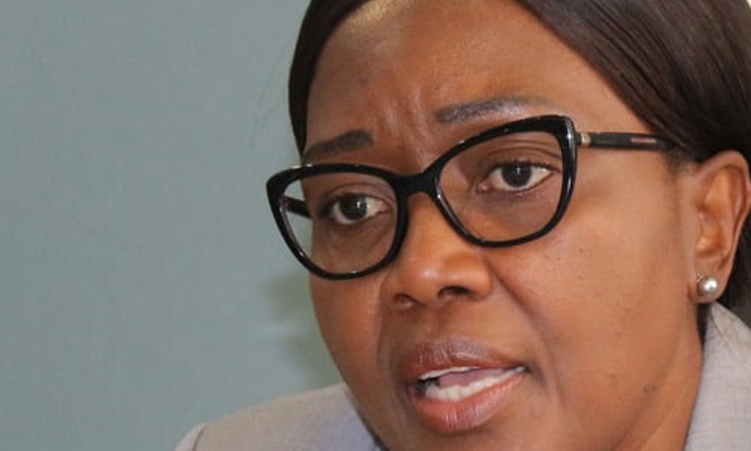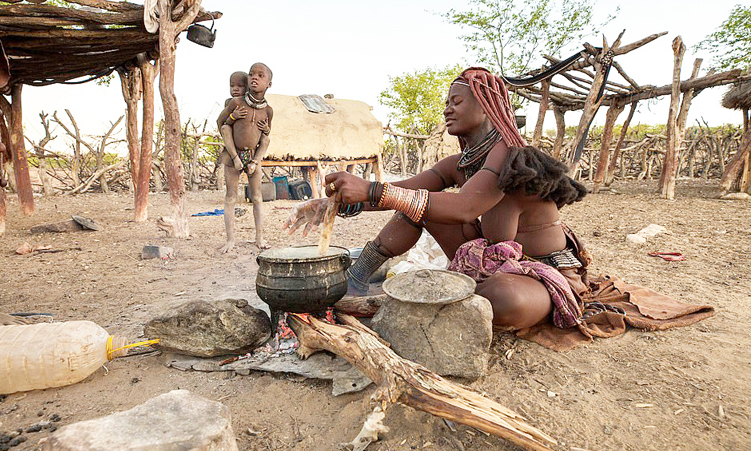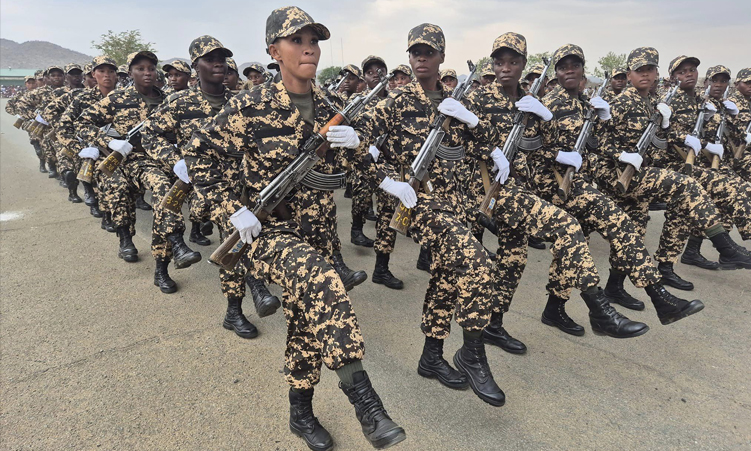Prime minister Saara Kuugongelwa-Amadhila says more Namibians will be in a crisis level of food insecurity from October to March next year.
At least 1.2 million Namibians will be in crisis for the next six months compared to the 1.1 million from July to September.
This means 110 063 more Namibians will face food insecurity.
Kuugongelwa-Amadhila was speaking at the official opening of the national platform for the implementation of the nationwide drought relief programme for the 2024/25 financial year.
The rest of the population continues to be affected by food insecurity, but they are not categorised into a crisis or emergency phase.
“The food insecurity situation is expected to heighten in the period from October 2024 to March 2025, with 1.26 million people expected to be affected, before it moderates to 776 000 people after March 2024 up until June 2025,” the prime minister said.
This is according to the updated Integrated Food Security Phase Classification (IPC) analysis.
IPC has five stages of food insecurity, with phase three to five being the most severe categories.
For Namibia, 100 000 citizens are in the emergency phase, 1.1 million are in crisis, and zero in the catastrophe classification.
Kuugongelwa-Amadhila said vulnerable citizens should be seen as a priority for emergency relief; without it they can face malnutrition and death from hunger.

She highlighted that, currently, the government’s disaster response expenses are “enormous”, threatening fiscal sustainability.
“Crowding out other priority expenditures that are necessary to promote economic growth and development are beyond our ability to afford and thus threaten fiscal sustainability and counter progress towards sustainable development,” Kuugongelwa-Amadhila said.
She also said the food assistance programme is to be extended to urban centres through the roll out of the conditional basic income grant.
In response to the severe drought, the government implemented a N$1.3 billion-drought relief plan, which includes N$829 million for food assistance, livestock support, seed and horticulture provision, water provision, as well as health and nutrition. Food assistance alone will cost N$1 billion.
They need N$485 million to fulfil the N$1.3 billion-plan.
Namibia is so far set to receive at least N$147 million in pledges and donations from the international community. This excludes the value of assistance given in goods or services offered.
Stay informed with The Namibian – your source for credible journalism. Get in-depth reporting and opinions for
only N$85 a month. Invest in journalism, invest in democracy –
Subscribe Now!






